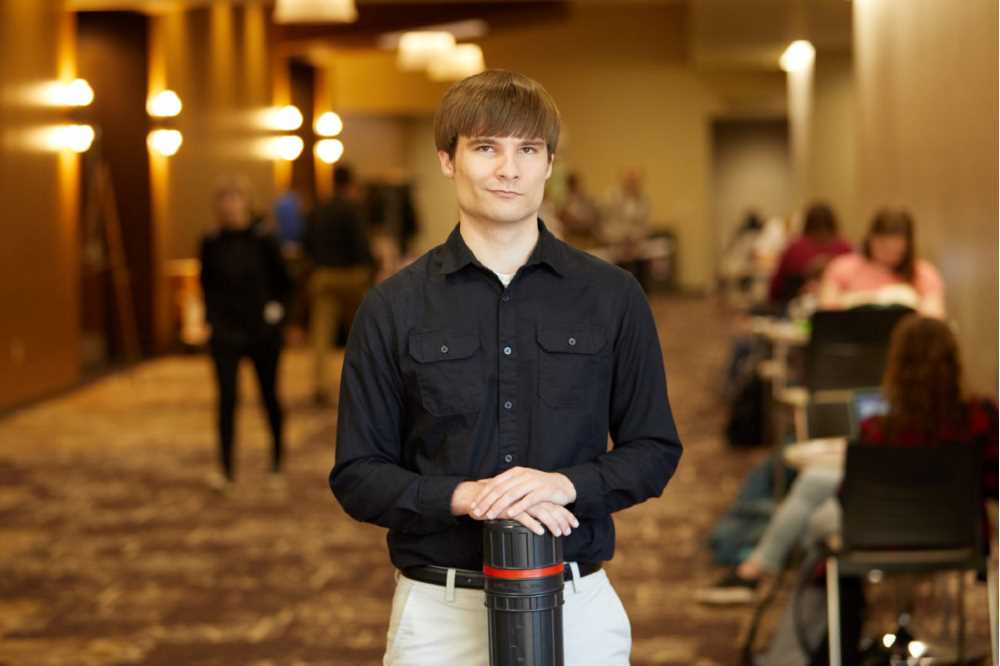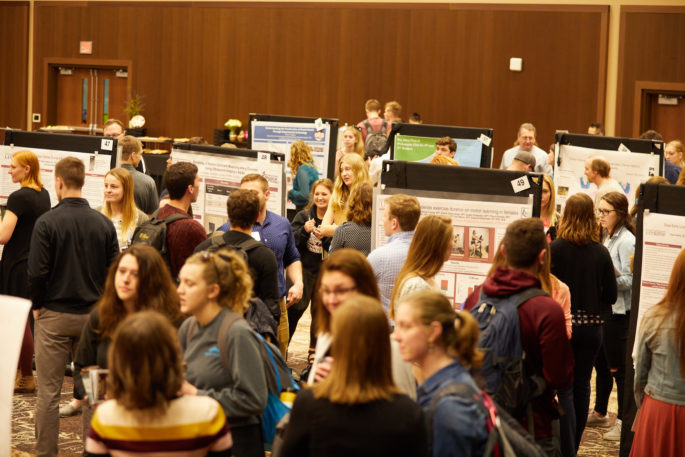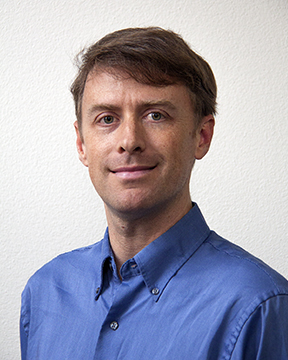Posted 4:16 p.m. Thursday, April 25, 2019

Senior, bound for grad school in biochemistry, is grateful for four years of faculty research mentorship.
Senior, bound for grad school in biochemistry, is grateful for four years of faculty research mentorship
As a high school student Ross Soens wanted to find a university known for science education where he could get a strong undergraduate research experience. He didn’t know he could find all that at UW-La Crosse.
The Waterford High School student was about to accept his seat at a major research university when he received a letter that he was accepted into UWL’s Eagle Apprentice Program. Through the program, Soens would be paid to conduct research as a UWL undergraduate alongside a faculty mentor.
Such long-term, hands-on mentorship and lab experience as an undergraduate is not typical at larger universities. It became the driving force behind Soens’ decision to attend UWL.
Looking back, the May graduate is glad he came.
“The one-on-one connection with professors has been amazing here,” he says. “The attention and opportunities I’ve been given have been second to none.”
Many UWL students find undergraduate research opportunities alongside faculty mentors. That work was on display during UWL’s Research & Creativity Symposium April 23. The event included more than 200 poster, oral and exhibit research presentations from UWL faculty, staff and students.

Soens has conducted undergraduate research for four years at UWL with John May, assistant professor of Chemistry and Biochemistry. He researched the structures of novel proteins and presented his findings at national conferences.

Soens has enjoyed contributing to cutting-edge, meaningful work. Solving the structure of a protein is a first step in providing direction for future scientists to develop new drugs such as those to target antibiotic resistant bacteria. Soens compares his work to helping an archer find the bullseye of a target.
Along the way, he has grown a deeper appreciation for the science happening within the books he studies. His connection to May took him to Argonne National Labs near Chicago. There Soens saw a massive complex, “a marvel of engineering,” where scientists accelerate particles to near the speed of light and use advanced x-ray generating machines to look at objects about 5 million times smaller than a grain of salt. Soens was able to see the high-tech instruments used to take x-ray images of the tiny crystallized proteins he studies.
His experiences with research as an undergraduate have helped him connect the dots to see the techniques, instruments and real-world applications within biochemistry.
“It is fascinating to see what humans are able to do and how far we’ve come,” he says. “Many people come together to make solving this tiny little protein structure possible.”
Now, Soens is moving deeper into a future career in biochemistry research. After his May graduation, he’ll attend graduate school in biochemistry at UW-Madison.
He encourages students to find undergraduate research opportunities. It has led to strong relationships with professors and more direction toward his future career goals.
“I’ve loved it,” he says. “It’s been very fulfilling being part of research that contributes to the field.”
